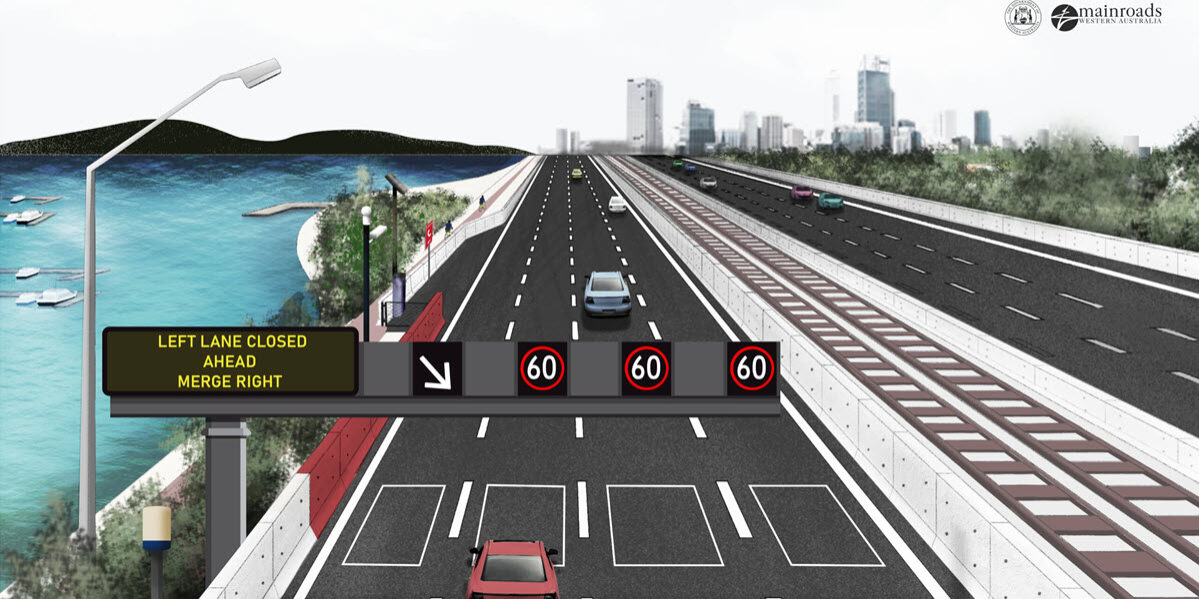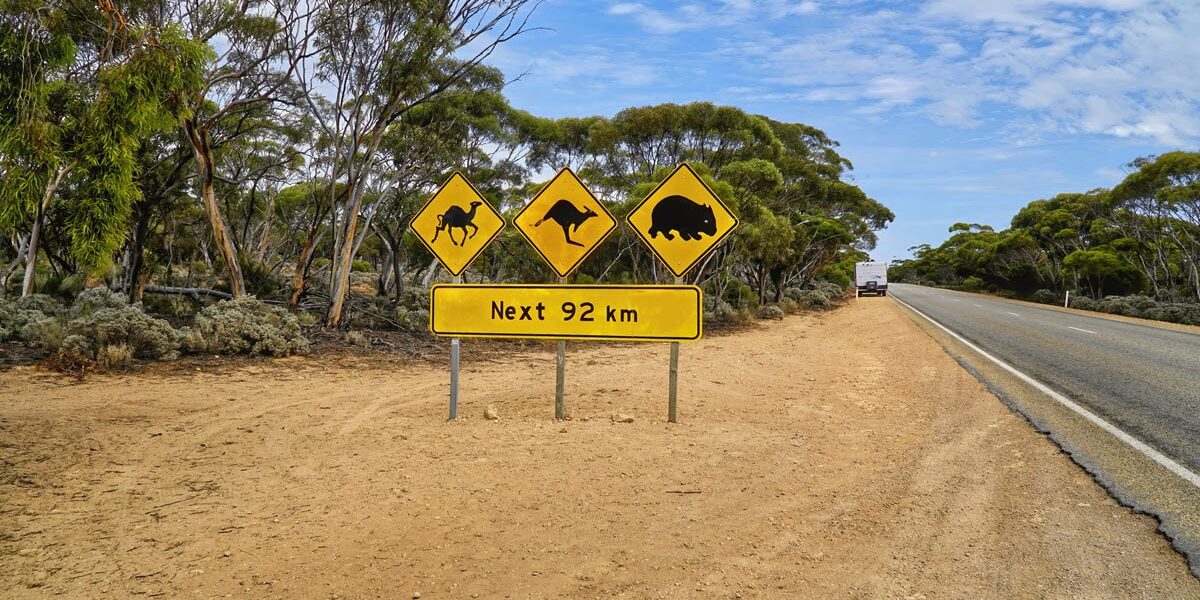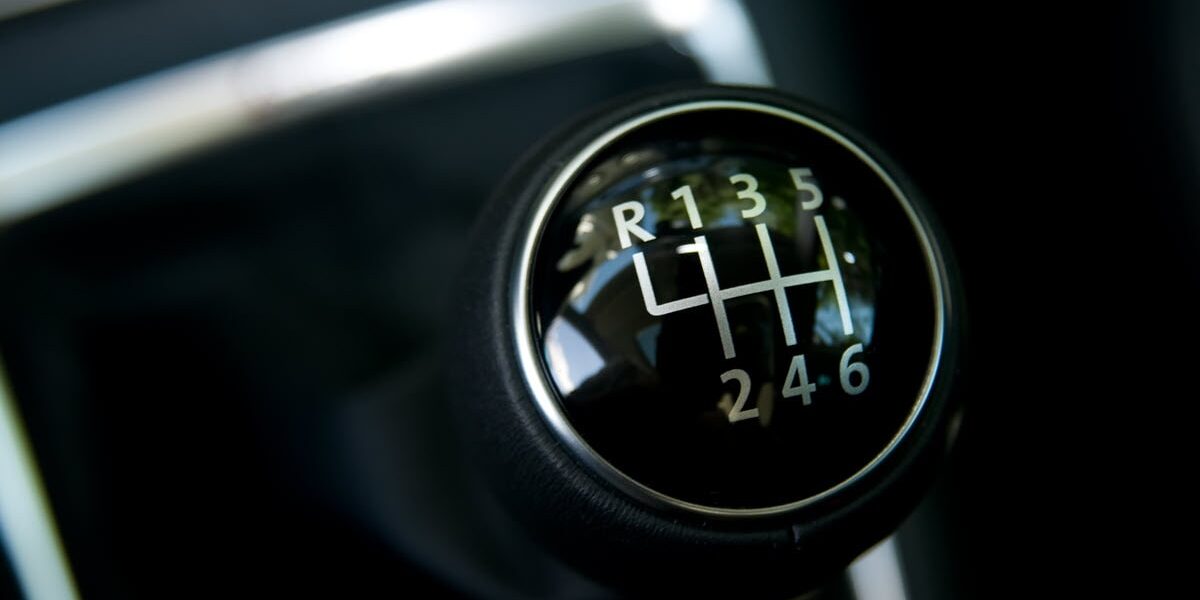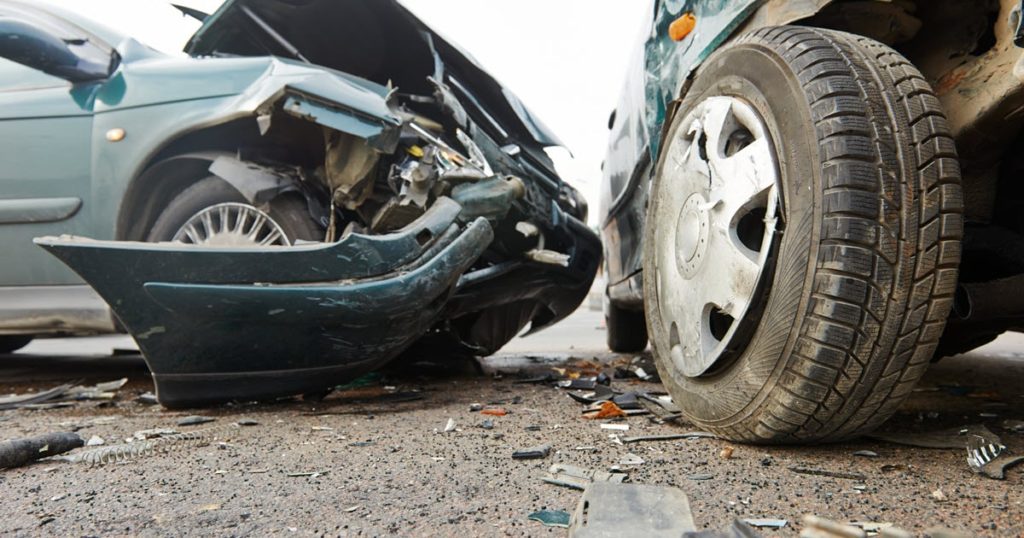
Traffic mishaps or motor vehicle accidents can happen anytime, anywhere.
If you drive regularly, there’s a chance you’ll figure in a car crash or accident at some point in your life. Even if you trained by an experienced Perth driving school or have been driving for years, it’s not insurance against being involved in a car crash or accident.
It doesn’t matter either if you’re the most careful driver around.
There are reckless, inebriated and sleepy drivers as well as inexperienced ones. Wet weather, poor lighting and unsafe road conditions can also contribute to road mishaps. There could also be wildlife darting across the road, like roos and wallabies – especially when driving on country roads in WA.
So, even if you do your best to avoid accidents, it’s good to know which essential car crash steps to keep yourself and others safe and limit the potential physical, financial and legal impact on you.
Here’s the ultimate car crash checklist to guide you through what to do after an accident:
Step 1: Survey the Crash Site
If you are physically and emotionally fine, the first thing you need to do is stop your car, turn on your hazard lights, get out and do a quick survey of the scene.
Remember to stay calm.
Check if anyone is hurt, but do not attempt to move those who appear to be severely injured as you have no idea about the extent of their injuries.
Step 2: Call Emergency Services
Make sure to contact emergency services or 000 if you or other people sustained injuries.
You should also call the police to check on property damage, if there is an unruly or uncooperative driver, or if certain parties involved refuse to cooperate and share their contact information.
Step 3: Take Photographs and Exchange Contact Details
For insurance purposes, take a few quality photos of the accident scene from different angles.
Before moving your vehicle, take a photo of its original position in relation to the other vehicle or the accident site. If possible, mark the spot where the accident occurred.
Once done, go around and get information about the other people in the accident.
Ask for their names, addresses, phone number, driver’s licence number, licence plate number and insurance details. If there are witnesses, approach them and ask for their name and contact details.
In case a driver is not the owner of the car/vehicle they are driving, you also need to ask for the name and contact details of the owner.
If there are people in the scene who are unable to speak or unconscious, take down their licence plate numbers. Wait for emergency services to arrive and check if they have any IDs on them.
Make sure to get the name of any first responders to the scene, such as the name of the police officers, their station and contact information. If you are injured, take photos of your injuries or ask someone at the scene to take the photos.
Once the ambulance arrives, get the names and contact details of the EMTs. If you need to be taken to a hospital, ask one of them to take photos of you showing the extent of your injuries.
Step 4: Move Your Car to a Safe Spot
If your vehicle is not badly damaged, move it to a safe spot to avoid blocking traffic.
If there are any safety hazards such as broken glass or scattered bits of metal, try to remove as much as you can.
If the damage to your car is quite extensive, just keep the hazard lights on, get your bag or essentials, move to a safe area, and wait for emergency services to arrive.
This is also a good time to see if anyone needs your help and to continue assessing the area for people who are seriously injured, such as bikers, pedestrians, etc.
Step 5: Contact Your Insurer
Get in touch with your insurer ASAP.
Claims may take time to process, so the sooner you contact your insurance company, the sooner your claim will be handled. Make sure you provide them with the following details:
- Names, contact information, licence numbers and insurance details of the other drivers involved in the car crash
- Information about your car
- Information about the other vehicles, including registration numbers, makes, models and colours
- A summary or description of the accident, including the time, date and place
Step 6: Get Your Car Towed
If you need to have your car towed, check if your insurer can assist you in getting a towing service. If they can’t, get in touch with a towing company yourself. Make sure you get the contact information of the towing service staff, too.
Some Important Reminders
According to local road rules, a driver is required to report a car accident to the police ASAP if any of the following circumstances occur:
- Someone got injured or killed; or
- The owner of any damaged property is not present; or
- Based on a fair estimate of the damage (not including damage to your vehicle or property), the cost of damage is calculated to be $3,000 or more.
Any or all the above factors constitute a major accident and a driver involved in one is legally required to make a report of the same.
In general, minor accidents where none of the above conditions applies need not be reported to the police. However, note that some insurers require a police report number for claims processing.
In a minor accident, such as when you accidentally hit or scratch a car while parking, you can leave a note for the owner if they are not around. Make sure to write down your name and contact details in the note.
Things to Avoid After an Accident
Aside from remembering to take the above steps after an accident, there are also some things you need to avoid doing.
- Don’t panic. Accidents are stressful and can leave you shaken even if you are not seriously hurt. However, you can only implement the aforementioned steps if you are in a calm state. So do your best to relax.
- Don’t argue with other drivers involved in the accident. If there’s an uncooperative, disorderly or inebriated driver, stay calm. If they attempt to leave, you can try to restrain them, but don’t let yourself or others get hurt in the process. At the very least, take their photo as well as that of their vehicle and licence plate.
- Don’t drive away or run off. Remember, you’re supposed to survey the crash site and check if there are people who are injured so you can get help.
- Don’t say you’re sorry or admit to any fault. Protect yourself legally or at least wait for your insurer or accident lawyer to get there first before saying anything that can hurt your insurance claim.
Although you can’t be a hundred percent certain that you’ll never be involved in a car crash, there are many ways to minimize the likelihood of an accident. Enrolling in a driving school, taking driving lessons with experienced instructors and taking a defensive driving course is a good start.
Always follow traffic rules and be alert when you are out driving.
But in the unfortunate circumstance that you do get involved in a car crash, remember these steps to maximise your legal and financial protection.




